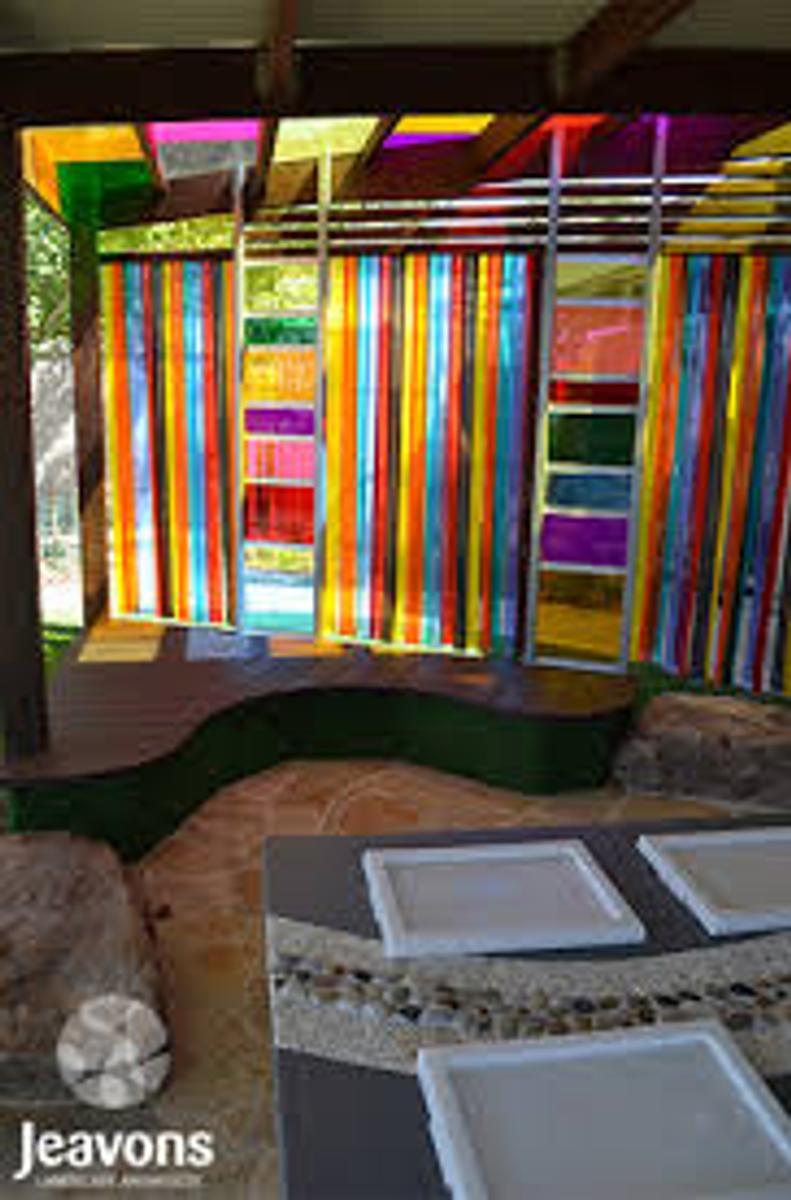Wellbeing

An exciting project for St Luke’s in 2024 is the establishment of a Sensory Garden.
A sensory garden is a carefully planned space designed to invoke and indulge all five senses using plants and décor, resulting in an immersive experience. The role of a sensory garden is to trigger several neurological experiences, both familiar and new.
A sensory garden is ideal for children. It offers them a safe environment to explore every stimulus and boost sensory development. Children can use sensory gardens to experience all the five senses healthily and positively. It can help them relax, unwind, and even develop imaginative thinking.
We are looking to add a sensory garden to our school yard to extend the learning spaces we currently have.
We are looking to possibly include the following:
- Edible plants
- Mirrors
- Sandpits
- Water features
- Scented plants
- Play sculptures
- Engraved seating
- Rain-wheels
- Whiteboards
- Tracing boards
- Drums
- Chalkboards
Some tips from Gardening Gurus for Planning a Sensory Garden
When planning a sensory garden, it is important to feature elements that appeal to all five senses. For visual stimulation, or sight, colour is an important consideration. When designing a garden, people should be creative in their use of colour stimulation. colours may be seasonal, placed for maximum contrast, or grouped in clusters. colour doesn’t only pertain to plants, either. Choose colours carefully when adding brick, gravel, or stone to the garden. When adding colour, create a balance between energising colours and restful, soft colours to avoid overstimulation. colourful butterflies and birds are also attracted to the nectar and colours of plants and add to the visual interest of a garden.
Sound is another fun feature of a sensory garden, and it is crucial to creating a calming environment. Certain ornamental grasses create unique sounds, and the rustling of leaves is also soothing. Man-made additions such as wind chimes and water fountains, for example, also add to the sounds of the garden. Smells can trigger a wide range of emotions, and plants should be chosen with care. Some plants release scent naturally without the need for touch. All types and varieties of roses, for example, naturally release scent into the air. Other scents are released when the leaves or petals are crushed by hand, such as geraniums. Consider a combination of scents that range from subtle to more intense in order to produce the greatest variety and interest. Plants to consider for their scent include honeysuckle, lavender, violets, mint, and chocolate cosmos, which release a chocolate-like scent.
Explore taste by planting edible herbs and other plants in the garden. Examples of edible flowers include nasturtiums, evening primrose, hibiscus, and pansy. Fruit trees and plants that produce vegetables are also a natural and obvious choice when it comes to taste in the sensory garden. When planting edible flowers, take care to differentiate them from other non-edible flowers. This is of particular importance when the garden is for children. Place edible flowers together in a designated area or simply stick with recognizable fruits and vegetables. For touch, use plants that add a variety of tactile stimulation in terms of texture. Examples of plants that are good for tactile stimuli include lamb’s ear, which feels woolly to the touch and soft. Water features such as backyard ponds and water gardens are also good additions for touch, as is bark for ground covering.
A sensory garden is a wonderful way for children to explore their senses and learn about the environment around them. It is also a healthy place of discovery and gets children outdoors. Children benefit from exposure to sensory gardens, as they provide a therapeutic and safe way for them to explore their senses. When creating a sensory garden, use care in choosing the elements that go into the garden, and also consider the layout in terms of the height and reach of the plants and walkways so that it is accessible to the children and/or adults for whom it is intended.
Thank you to Dion Duffy, Beth Ivory, Bianca Wren and Meaghan Dooling for volunteering to being part of the team to investigate, design and plan for the construction of the garden. We will start this project at the beginning of 2024.
Have a wonderful break and enjoy the festive season with laughter, family and friends.
See you in 2024,
Donna Allen





